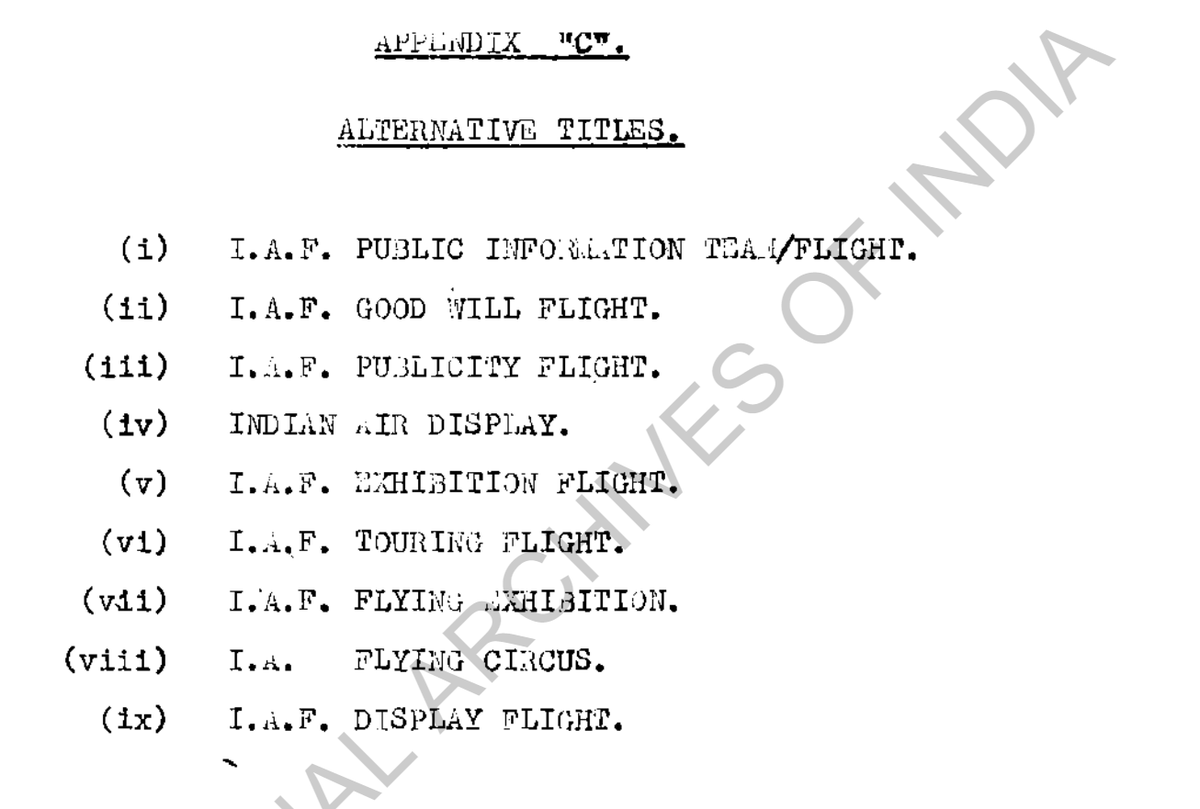
Only FIVE @IAF_MCC officers have received a "Bar to Vir Chakra" (Vir Chakra twice) - military bravery award presented for acts of conspicuous gallantry in the presence of the enemy. This is a brief on Air Cmde AIK Suares, the first IAF officer to achieve this rare feat. (1/13) 

Anthony Ignatius Kenneth Suares was born in 1925 in Madras. He graduated from Madras Christian College and was commissioned as a pilot on 20 Dec 1943 with the 20th PC. He was affectionately called "sue" in the IAF. Immediately after his conversion, he was posted to 4 Sqn (2/13) 

4 Sqn was in Burma and Japan as part of the British occupational forces during the years of 1944-46 when Suares served with the unit flying Spitfires. (3/13) 

On return, he converted to Dakota with 12 sqn and was thrust into action in Kashmir during the 1947-48 war. He was awarded Vir Chakra and his citation reads - "He was one of the pilots who formed the small band of transport support aircrew, who carried out continuous operations.. 

..He was one of the pioneers on the LEH route. At that time the aircraft were not fitted with Oxygen and this made the trip a most hazardous and grueling flight. He also undertook transport support sorties to most of the other supply zones in Kashmir... (5/13) 

..Considering the difficult nature of the country and the treacherous weather conditions that were frequently encountered, it made the majority of these flights a most difficult undertaking as the pilot had, in addition, to contend with heavy enemy ground fire." (6/13)
Post the war, Suares found himself posted to the prestigious Comm Sqn, followed by staff college and tenure at AirHQ. He also got married to Ms. Philomena (Philo) in 1954. In 1957, he would find himself amongst the first to be sent to the UK to convert to Canberra (7/13) 

Posted to 5 Sqn, as Flt Cdr for nearly 3 years, in 1960 was promoted to Wg Cdr and took over as the CO of the "Tuskers". @TheBrownBeagle, in Ganesha's Flyboys, describes him as a " highly regarded flier, a forceful personality; the kind who went on shikaar for relaxation" (8/13)
In summer of 1961, 5 Sqn was sent as an offensive force to CONGO as part UN mission, becoming the first unit, post 1947, to serve outside the country. Suares was in the lead and undertook many missions on enemy airfield and other installations in Katanga. His second VrC. (9/13) 

is best desc in his citation - "On 6th December 1961, he and his navigator Takle were on air-to-ground strafing sortie against an enemy airfield. These officers carried out the attack despite intense enemy fire from the ground and destroyed the target A number of bullets (10/13) 

hit the aircraft. One of them hit the navigator in the thigh and he began to bleed profusely. Disregarding his own safety, Wg Cdr Suares set the aircraft on auto-pilot and rendered first aid to the navigator and helped save his life." He sports the "bar" on VrC in the pic (11/13) 

Suares would serve 12 years - Commanding a Jet Trg Wing, Hashimara base, 503 SU, and as AOC J&K among other appointments. His love for aviation probably led him after retirement to work with British Aerospace in India, helping to establish their presence in this country. (12/13) 

In later years he spent 365 days as a come rain-or-shine golfer and when the body did not permit that, he took to the hobby of cooking. He passed away in 2002, aged 77, leaving behind his wife, 5 kids, and 9 grandkids. (13/13) 

• • •
Missing some Tweet in this thread? You can try to
force a refresh



















